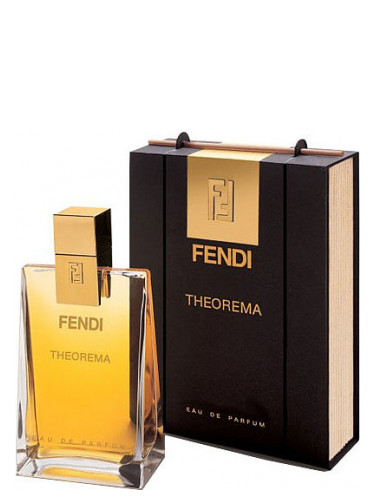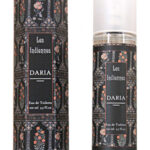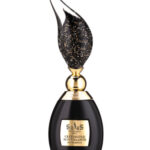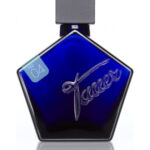
N / A
Fendi Theorema, created by renowned perfumer Christine Nagel, is an exquisite Amber Spicy fragrance meticulously crafted for women. This elegant scent was introduced to the world in 1998, captivating individuals with its alluring blend of aromatic notes.
At the top of this olfactory composition, one can experience a harmonious fusion of Nutmeg, Cardamom, Lemon, Pepper, Brazilian Rosewood, Orange Blossom, Jasmine, and Rose Hip. These vibrant and invigorating ingredients create a captivating initial impression.
Moving towards the heart of Fendi Theorema, a captivating blend of Cinnamon, Spices, Carnation, Ylang-Ylang, Osmanthus, and Rose takes center stage. This intricate combination adds depth and complexity to the fragrance, evoking a sense of warmth and sensuality.
The base notes of Fendi Theorema provide a strong and lasting foundation. Exquisite chords of Amber, Siam Benzoin, Guaiac Wood, Sandalwood, and Patchouli create a captivating and memorable finish. These luxurious ingredients elegantly intertwine to leave a lingering trail that is both sophisticated and distinctive.
In summary, Fendi Theorema is a captivating fragrance that exemplifies the art of perfumery. Its blend of spices, woods, and floral nuances make it a truly unique and enchanting scent that stands the test of time.
There are no reviews for this fragrance yet, be the first to write one!





There are no reviews for this fragrance yet, be the first to write one!
A fragrance review is a comprehensive critique of the scent, ingredients, and personal experience related to the fragrance in question.
Your readers aren't as interested in your journey of discovering the perfume or how it elicited emotions within you. Their main concern is whether they will appreciate the fragrance themselves and they're counting on your review to guide them.
Hence, it's imperative to provide them with reliable details about what made this fragrance stand out, what was captivating, or possibly disappointing, and why. Back up your claims with succinct descriptions, examples, and logical reasoning.
